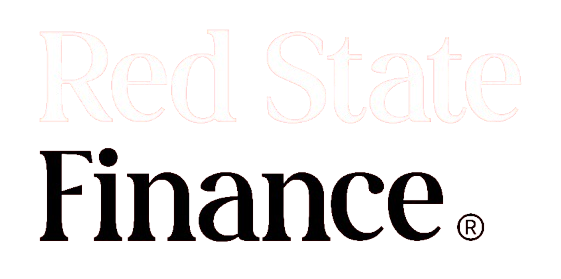In a remarkable display of strength, gold has emerged as the top-performing commodity of the year, boasting an impressive 18.5% gain and hitting a record high. However, this glittering success may come with its own set of challenges, as the surging prices could dampen consumer demand.
As of August 2, spot gold settled at $2,443.29 per ounce, maintaining the gains from a rally that peaked at an all-time high of $2,483.60 on July 17. The World Gold Council’s recent quarterly report highlighted a significant increase in total demand, reaching 1,258.2 metric tons in the second quarter, marking a record for that period and a 4% rise from the same time last year.
Despite this overall positive trend, a closer examination of the demand data reveals potential signs of a slowdown in the upcoming quarters. The most substantial increase in demand was seen in the Over The Counter (OTC) market, which includes purchases by institutional investors, high net-worth individuals, and family offices. The OTC demand skyrocketed to 329.2 tons in the second quarter, a 53% increase from the same quarter in 2023 and a staggering 385% jump from the first quarter.
The Council attributed this surge to “portfolio diversification,” raising questions about the sustainability of this demand. Once these investors feel their portfolios have sufficient gold, their purchasing activity is likely to decrease.
In contrast, jewelry consumption saw a significant decline, dropping to 390.6 tons in the second quarter, a 19% decrease from the same period last year. Similarly, demand for official coins fell by 38% to 52.7 tons in the second quarter, indicating that consumers might be stepping back from purchases due to the rising prices.
The situation is particularly concerning in China and India, the world’s largest consumers of physical gold, who collectively account for nearly half of the market. In China, jewelry demand plummeted by 35% in the second quarter to 86.3 tons, while in India, it fell by 17% to 106.5 tons. Adding to the worry, China’s net gold imports via Hong Kong dropped by 18% in June, with official data showing imports of 21.92 tons, down from 26.72 tons in May. Since China does not disclose gold import volumes, Hong Kong’s data serves as a critical proxy for demand in the top-consuming nation.
India might see a temporary boost in consumer demand in the current quarter, following the government’s decision to cut the import duty from 15% to 6%. However, this is expected to be a short-lived increase rather than a sustained surge in demand.
Higher gold prices also impacted flows into Exchange Traded Funds (ETFs), with a net decline of 7.2 tons in the second quarter, following a more substantial drop of 113 tons in the first quarter. Central bank purchases also saw a decline, with 183.4 tons bought in the second quarter, down from 299.9 tons in the first quarter, though this was still a 6% increase from the 173.6 tons purchased in the same period last year.
In summary, while the rise to record-high prices for gold is starting to affect some of the more price-sensitive areas of demand, there are still factors that could sustain investor interest. The expectation of eased monetary policies in several key countries, particularly potential interest rate cuts by the U.S. Federal Reserve, could keep gold appealing to investors. Additionally, high geopolitical tensions, such as ongoing conflicts in the Middle East and Ukraine, as well as the political risk associated with the upcoming U.S. presidential election, are likely to maintain interest in gold.
Balancing these bearish and bullish factors, the yellow metal may find its price stabilizing within a relatively narrow range for the remainder of the year.





